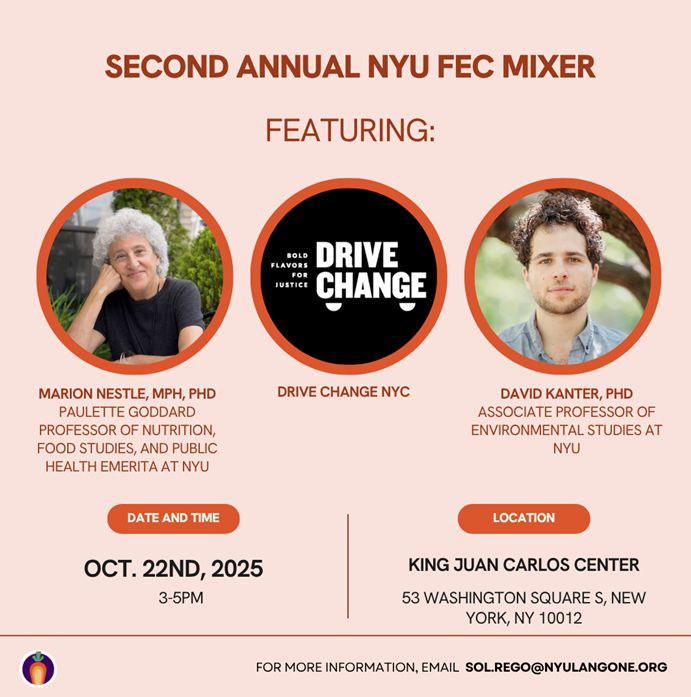European food manufacturers continue to file thousands of petitions for approval of health claims for their products. The European Food Safety Authority (EFSA) takes a dim view of most of them, arguing that the claims are poorly substantiated by scientific evidence, if at all.
Now EFSA is attempting to clarify what manufacturers have to do to gain approval for their claims. I say “attempting” because EFSA’s statements often are models of bureaucrat-speak.
EFSA, for example, says it is willing to consider evidence for claims based on studies performed in people with a particular disease:
For studies in groups (e.g. subjects with a disease) other than the target group (e.g. general population) for a claim EFSA considers whether scientific conclusions can be drawn for the substantiation of the claim on a case by case basis…For example, for claims on reducing gastro-intestinal discomfort (in the general population) evidence in patients with irritable bowel syndrome may be accepted.
OK. I get that. Then it offers further clarification:
For claims on maintenance of normal joints (in the general population, evidence in osteoarthritis patients is not accepted as osteoarthritis patients are not considered to be representative of the general population with regard to the status of the joint tissues. In its evaluation, EFSA considers that where a health claim relates to a function that may be associated with a disease, subjects with the disease are not the target for the claim.
EFSA explains its overall philosophy for deciding which claims to approve. It does not use a pre-established formula for the type or number of studies. Instead, it weighs:
All the evidence from the pertinent studies (i.e, studies from which scientific conclusions can be drawn for substantiation of the claim)…with respect to its overall strength, consistency and biological plausibility, taking into account the quality of individual studies and with particular regard to the population group for which the claim is intended and the conditions of use proposed for the claimed effect.
As with all scientific evaluations, EFSA’s judgments are subjective. It considers animal studies, but grants more weight to studies in humans. These, it says, are “central for the substantiation of the claim.”
Food manufacturers also view the evidence subjectively, but tend to be less scientifically rigorous in their interpretation of benefit, especially when their own products are involved. Hence: conflict.
At the moment, EFSA is holding a hard line on health claims. FDA: take notice!


